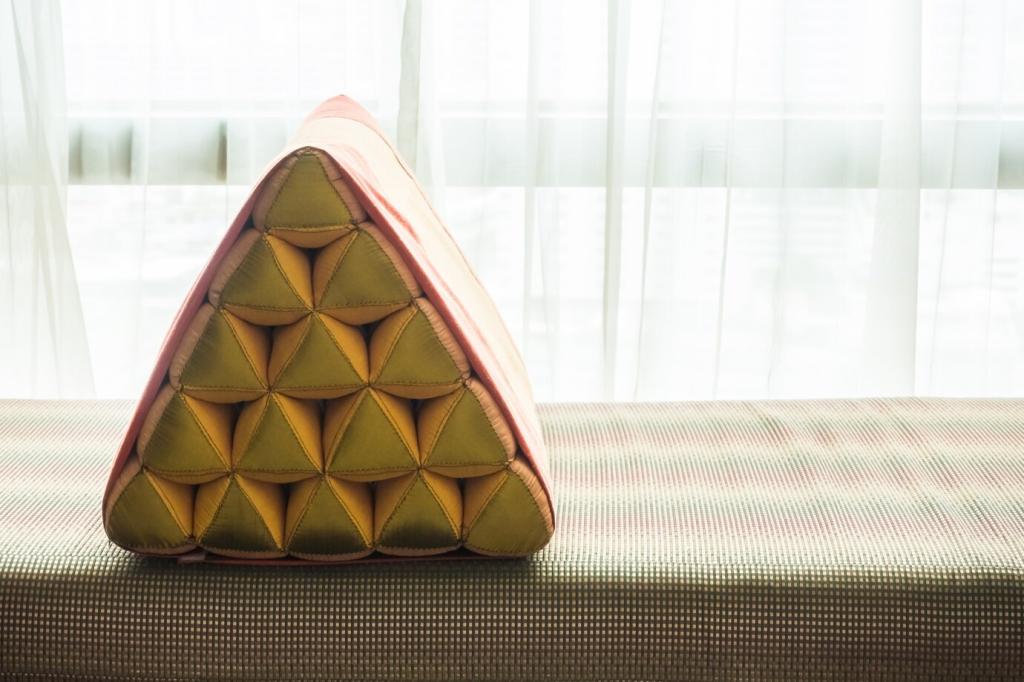Greenery that Thrives Indoors
Match species to microclimates. North-facing bedrooms welcome ZZ plants and peace lilies; bright kitchens love herbs and aloe; steamy bathrooms cradle ferns. Observe leaf color and growth, adjust placement gradually, and share your successes or questions with our community in the comments.
Greenery that Thrives Indoors
Healthy roots drive resilient plants. Select well-draining mixes, add perlite or bark for aeration, and always use pots with drainage holes and saucers. Terracotta breathes, plastic retains moisture; choose accordingly. Create a simple watering schedule and log insights to avoid overcare.




